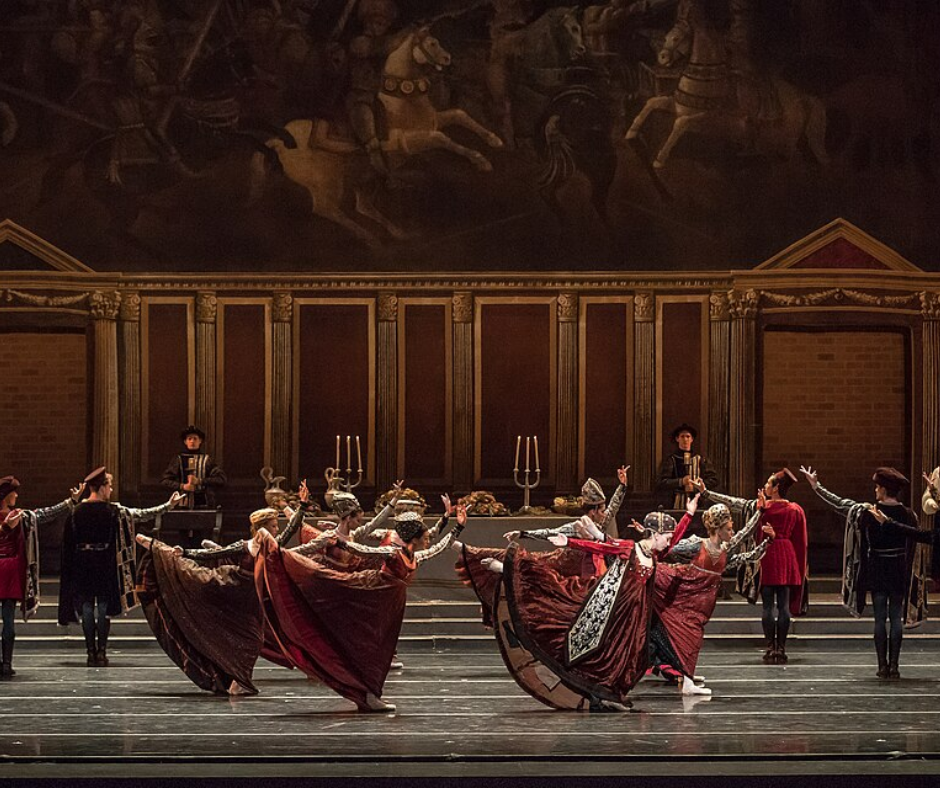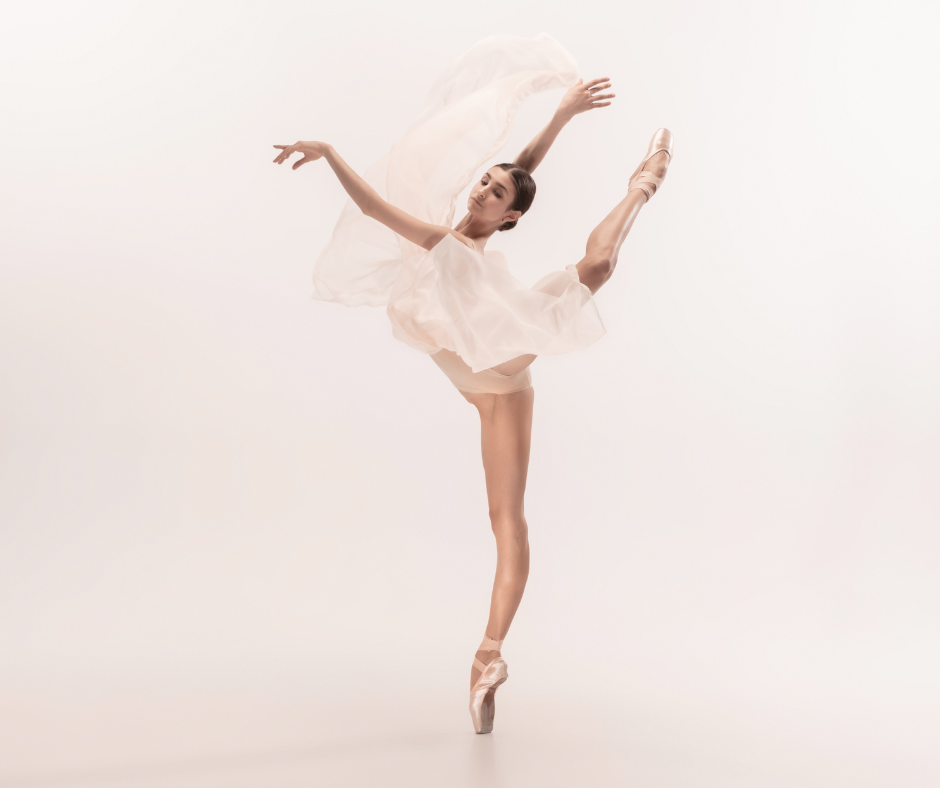Grace that looks easy
Whenever I think of elegance, ballet is the first thing that comes to mind. To me, ballet is the very picture of grace. Watching a ballerina move across the stage feels almost like seeing someone float. Behind that effortless beauty are years of discipline, sore muscles and endless practice. And yet, what we see on stage looks so natural, so light, as if gravity itself has decided to step aside for a moment.
Now, let’s look together at what makes ballet such a timeless art form and why it still captures people’s hearts today.
The beauty of effortless perfection
One of the things I find most fascinating about ballet is how it makes the impossible look easy. Think about a grand jeté the kind of leap that looks like the dancer is flying or even the way a ballerina simply holds her arms in a perfect curve. None of that just happens. Dancers spend years drilling each movement until it becomes second nature. And yet, when they finally perform, it feels effortless, like anyone could step up and do it. Of course, we know better but that illusion of ease is part of the magic.

Laura Comi in “Giselle”, 2004, grand jete
Art
I also love that ballet doesn’t exist on its own, it brings other art forms with it. The music is classic and it sets the rhythm and emotion. Then there are the costumes and sets, which instantly transport us into enchanted forests, palaces or dreamscapes. Even the stories themselves like the tragic love of “Romeo and Juliet” come from literature. Ballet is never just dance… It’s music, theatre and visual art woven together.
The journey behind the magic
Every time I hear a dancer talk about training, I realize how much of a journey it really is. It begins at the barre, learning the basic steps and very thoughtful French terms. Then the moves get tougher suddenly even the smallest details, like how you hold your hands or stand up straight, become important.
Eventually comes pointe work, balancing on the very tips of the toes, which looks both scary and amazing. And then there’s partnering, which adds a whole new layer of trust and teamwork. Ballet keeps challenging its dancers and that constant effort is part of what makes it so inspiring to watch.
A tradition that keeps evolving
Ballet has been around for centuries, and its roots go all the way back to Renaissance courts in Italy and France. The fact that ballets like “Don Quixote” are still performed today means that they’re cultural treasures that audiences keep returning to. At the same time, ballet isn’t stuck in the past. Choreographers today are creating contemporary works like Jiří Kylián’s “Petite Mort” or Crystal Pite’s “Emergence”, proving ballet can evolve while still holding onto its timeless beauty.

Ballet Don Quijote in Teresa Carreño theatre
Why it connects with us so deeply?
What I think keeps ballet alive, more than anything, is the way it makes us feel. It doesn’t need words to tell a story because you just feel it. A single pirouette can take your breath away and a pas de deux (a dance duet in which two dancers perform ballet steps together) can make you believe in love, heartbreak, or hope, all without a single spoken line.
Ballet connects to something universal. It shows us the limits of the human body, but also how spirit and emotion can push beyond those limits. For me, that’s why ballet endures. It’s not just about movement it’s about history, discipline, beauty and emotion all rolled into one. It asks everything from its dancers and, in return, gives everything to its audience.
Even after centuries, ballet still feels like magic. It’s the art form that makes the impossible look effortless and beautiful.


